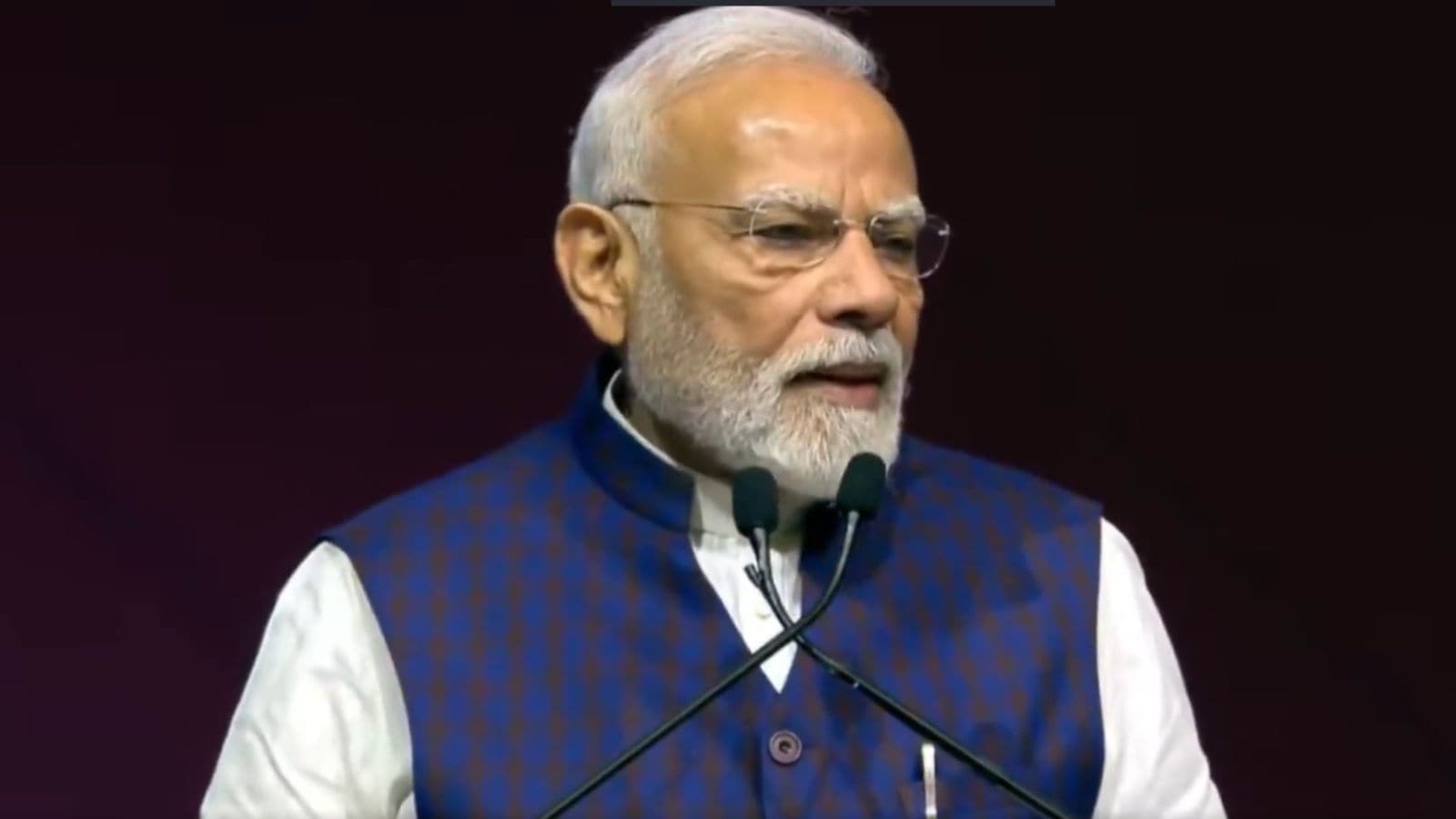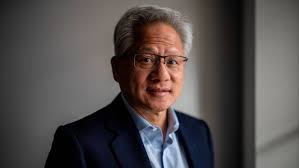
India's Semiconductor Revolution: PM Modi's Vision
Prime Minister Narendra Modi recently inaugurated 'Semicon India 2025,' announcing the next phase of India's Semiconductor Mission. With a clear vision, he emphasized that India is on the brink of a semiconductor revolution, where even the smallest chip can create monumental changes globally. This initiative aims to establish a self-sufficient semiconductor ecosystem, making India a key player in the global chip market.
During his address, Modi made a compelling case for global investors, highlighting several reforms. These include a single-window clearance system, which simplifies approvals and processes, and a plug-and-play infrastructure model for semiconductor parks. These initiatives aim to attract investments and make the semiconductor sector more accessible to companies looking to set up operations in India.
Modi indicated that the upcoming phase might involve a comprehensive incentive package, potentially worth $15 billion, focusing on capital goods and raw materials. He reiterated the government's commitment to developing intellectual property within India, which could lead to significant advancements in chip design and manufacturing.
Under the first phase of the Semiconductor Mission, initiated in 2021 with an investment of Rs 76,000 crore, India has already approved ten semiconductor plants. This includes two fabrication facilities and eight packaging and testing plants, laying the groundwork for a robust semiconductor infrastructure.
Highlighting India's growth trajectory, Modi mentioned that the country is set to become the third-largest economy in the world. He pointed to impressive GDP growth figures and the resilience of various sectors, including manufacturing and agriculture, as indicators of India's economic potential.
In his remarks, Modi emphasized the importance of speed in semiconductor production, stating that reducing the time from design to manufacturing is crucial. The government's implementation of a national single-window system is designed to streamline this process, ensuring that all approvals are obtained efficiently.
With the global semiconductor market projected to reach $600 billion and potentially surpass $1 trillion in the coming years, India aims to capture a significant share of this market. Modi's vision for the semiconductor sector is not just about manufacturing; it's about creating a comprehensive ecosystem that includes design, production, and innovation.
In conclusion, Modi's announcement at 'Semicon India 2025' marks a pivotal moment for India's semiconductor ambitions. With a clear strategy and robust reforms, India is poised to transform into a powerhouse in semiconductor technology, attracting global investments and fostering innovation.








